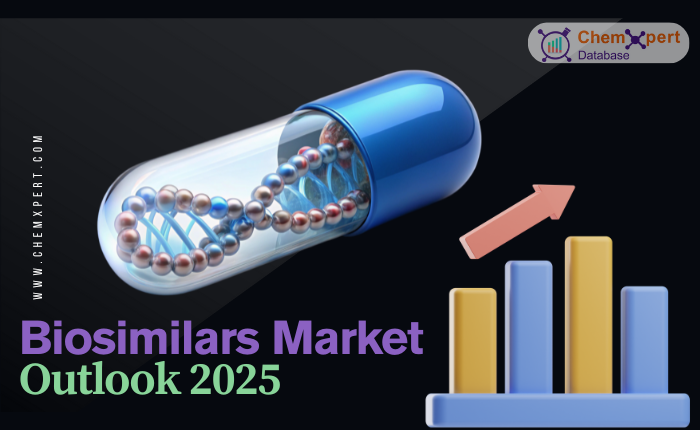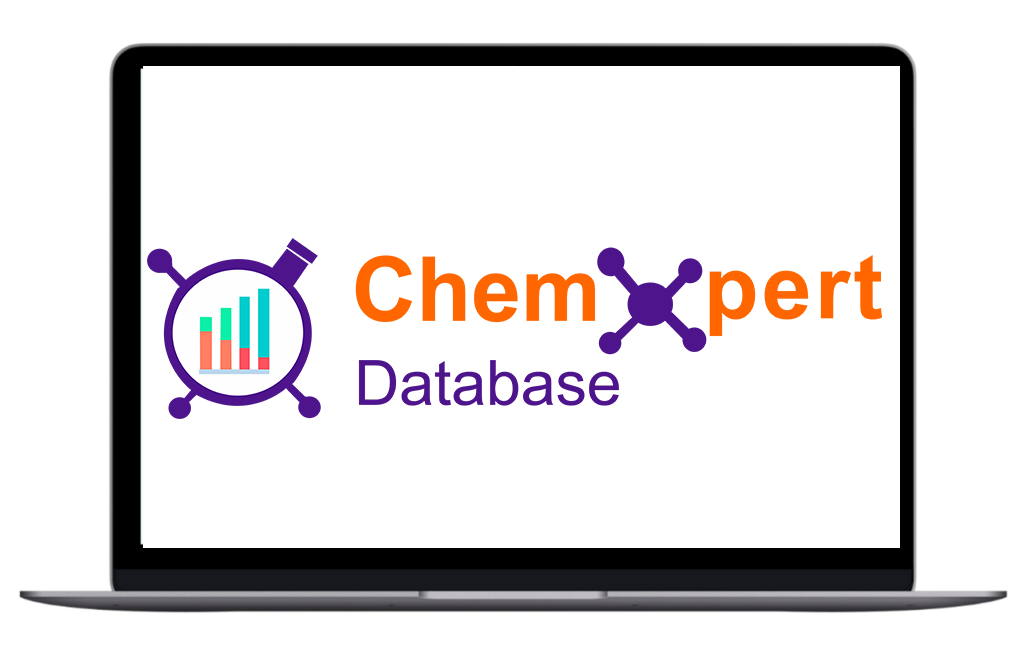
Biosimilars are near-identical versions of approved biologics, offering similar safety, efficacy, and quality—but at a lower cost. Unlike generics, biosimilars are made from living cells and require complex development and regulatory approval.
Their promise? Greater affordability, broader patient access, and disruption of high-cost biologics.
Since 2015, biosimilar approvals have surged—especially in the U.S. and EU, driven by maturing frameworks like the FDA’s BPCI Act and the EMA’s pathways. As a result, the biosimilars market is now a key force reshaping global drug development and procurement.
The global biosimilars market is undergoing a transformative growth phase, propelled by patent expirations of blockbuster biologics, rising healthcare costs, and regulatory streamlining.
As of 2025, the market is valued at approximately USD 40.36 billion, with expectations to reach USD 175.99 billion by 2034, according to Fortune Business Insights. This represents a robust compound annual growth rate (CAGR) of 17.78% during the forecast period.
|
Region |
2025 Market Size (USD Bn) |
Projected CAGR |
|
United States |
17.1% (2025 - 2034) |
|
|
Europe |
16.03% (2025 - 2032) |
|
|
Asia-Pacific |
31.60% (2025 - 2033) |
|
|
Rest of the World |
3.8 |
17.78% (2025 - 2034) |
The U.S. biosimilars market is expected to reach USD 22.59 billion in 2025, with a CAGR of 17.1% through 2034, eventually surpassing USD 93.52 billion. This rapid growth is driven by the expanding FDA biosimilars approval process and a significant increase in market share post-2019.
The U.S. continues to see multiple high-value launches as patent cliffs in biologics open the door for cost-competitive biosimilars across oncology, immunology, and diabetes.
Europe remains a biosimilars frontrunner, reaching an estimated USD 15.32 billion market size in 2025, with a CAGR of 16.03% projected through 2032. Early regulatory alignment and centralized healthcare pricing pressures have encouraged robust adoption, particularly in therapeutic areas such as oncology and autoimmune disorders.
The Asia-Pacific market is emerging as both a demand and manufacturing hub. Valued at USD 2.86 billion in 2025, it is forecasted to grow at a CAGR of 31.6%, reaching USD 25.69 billion by 2033.
Growth is fueled by large patient populations, low-cost healthcare infrastructure, and supportive policy shifts in key markets like India, China, and South Korea.
Rest of the World: Gradual Uptake with Long-Term Potential
Regions outside the traditional powerhouses are also showing promise. The "Rest of World" segment is projected to hit USD 3.8 billion in 2025, growing at a CAGR of 17.78% through 2034. Regulatory harmonization efforts in Latin America, the Middle East, and parts of Africa are setting the stage for broader biosimilar integration.
Biologics continue to dominate spending in oncology, autoimmune diseases, and diabetes — and these areas are now prime targets for biosimilar development:
These therapeutic categories not only represent the highest volume and revenue segments but also signal the direction of biosimilars trends through 2025 and beyond.
For procurement leaders, manufacturers, and regulatory professionals, these shifts mean increased competition, more frequent launches, and a need for real-time market intelligence platforms such as Chemxpert Database to navigate pricing, patent cliffs in biologics, and regional regulatory divergence.
Let’s discuss the key factors that are driving this insane growth in the biosimilar market.
The global biosimilars market is accelerating due to a convergence of structural and regulatory catalysts. These drivers are reshaping the competitive landscape across therapeutic areas like oncology, autoimmune, and diabetes.
What this means?: Manufacturers must monitor upcoming patent expirations to strategically time development and launches. Chemxpert’s database helps companies identify these cliffs early with real-time updates.
Real-World Example: In 2023, the UK’s NHS reported savings of over £1 billion by switching to biosimilars for five key biologics.
Trend to Watch: Harmonization of regulatory standards is expected to reduce approval times and increase global competition by 2026.
Insight: As more biosimilars gain interchangeability status, rapid volume growth is expected, particularly in high-turnover segments like insulin and monoclonal antibodies.
Together, these forces are propelling biosimilar adoption at an unprecedented rate. For stakeholders seeking to track approvals, patent cliffs, pricing benchmarks, and market entries, it is important to stay ahead in the market with actionable real-time insights at every stage of the product lifecycle.
The biosimilars market is witnessing fierce competition as leading pharmaceutical firms and biosimilar specialists race to expand their portfolios and pipelines. With biologic patent expirations reshaping access and affordability, the market outlook for biosimilars in 2025 is both crowded and opportunity-rich.
Key players driving innovation and access:
These companies are not only shaping biosimilars trends but also actively influencing pricing, regulatory navigation, and access in major regions.
Top-selling molecules that currently define competitive benchmarks:
These approvals demonstrate the expanding acceptance of biosimilars, underpinned by rigorous regulatory science and interchangeability designations.
Next wave of competition expected in:
Keeping a close eye on these launches is critical to anticipating biosimilars pricing shifts and supply chain readiness.
Understanding the biosimilars market requires a detailed view of how it is segmented across molecule types, therapeutic applications, and distribution channels. This analysis helps stakeholders identify where the most commercial activity and future opportunities lie.
Biosimilars span a variety of complex biological molecules, each catering to different treatment protocols. Monoclonal antibodies dominate the landscape, owing to their role in chronic and high-cost therapies.
Therapeutic area segmentation highlights where biosimilars are gaining the most clinical and commercial traction.
How biosimilars reach patients varies by healthcare infrastructure and regulation. These channels are critical in determining adoption speed and pricing dynamics.
The biosimilars market is entering a dynamic phase of growth and transformation. With evolving regulations, delivery formats, and strategic alliances, stakeholders must stay ahead of key developments shaping the future.
Interchangeable biosimilars are expected to accelerate adoption, particularly in the U.S., as more products receive FDA approval for substitution without prescriber intervention.
Asia-Pacific and Latin America are quickly becoming pivotal regions in the global biosimilars market due to favorable demographics, policy shifts, and expanding infrastructure.
The traditional model of IV-administered biologics is giving way to patient-centric innovations in the biosimilars 2025 landscape.
Strategic collaborations—like the Biocon-Viatris alliance—are reshaping how biosimilars are developed and brought to market.
The biosimilars market is gaining strong momentum, fueled by increasing regulatory support, patent expiries, and the growing need for cost-effective therapeutics. With new players entering the field and established companies expanding their pipelines, the landscape is becoming more competitive and data-driven.
Despite ongoing challenges around pricing strategies and global regulatory alignment, the outlook remains highly optimistic. Industry professionals need timely, accurate intelligence to stay ahead of market shifts and innovation curves.
For access to real-time biosimilar pipeline data, pricing trends, and global supplier intelligence, explore Chemxpert Database—built to support informed, strategic decisions in a dynamic environment.

Sick and tired of always wondering if you are being asked to pay the right price for your APIs? This empowers you with the answers you need to make the right decisions in the Global API market.
Chemxpert Database is one of the biggest and most comprehensive directories of pharma and chemicals, manufacturers, suppliers and information. Provided with current information on prices, demand and transactions, it gives you instant feedback on whether you are buying what is right and at the right time.
Start using market intelligence today and allow yourself to be in control in the API market.
Check it out today and make more informed sourcing decisions! Learn More!